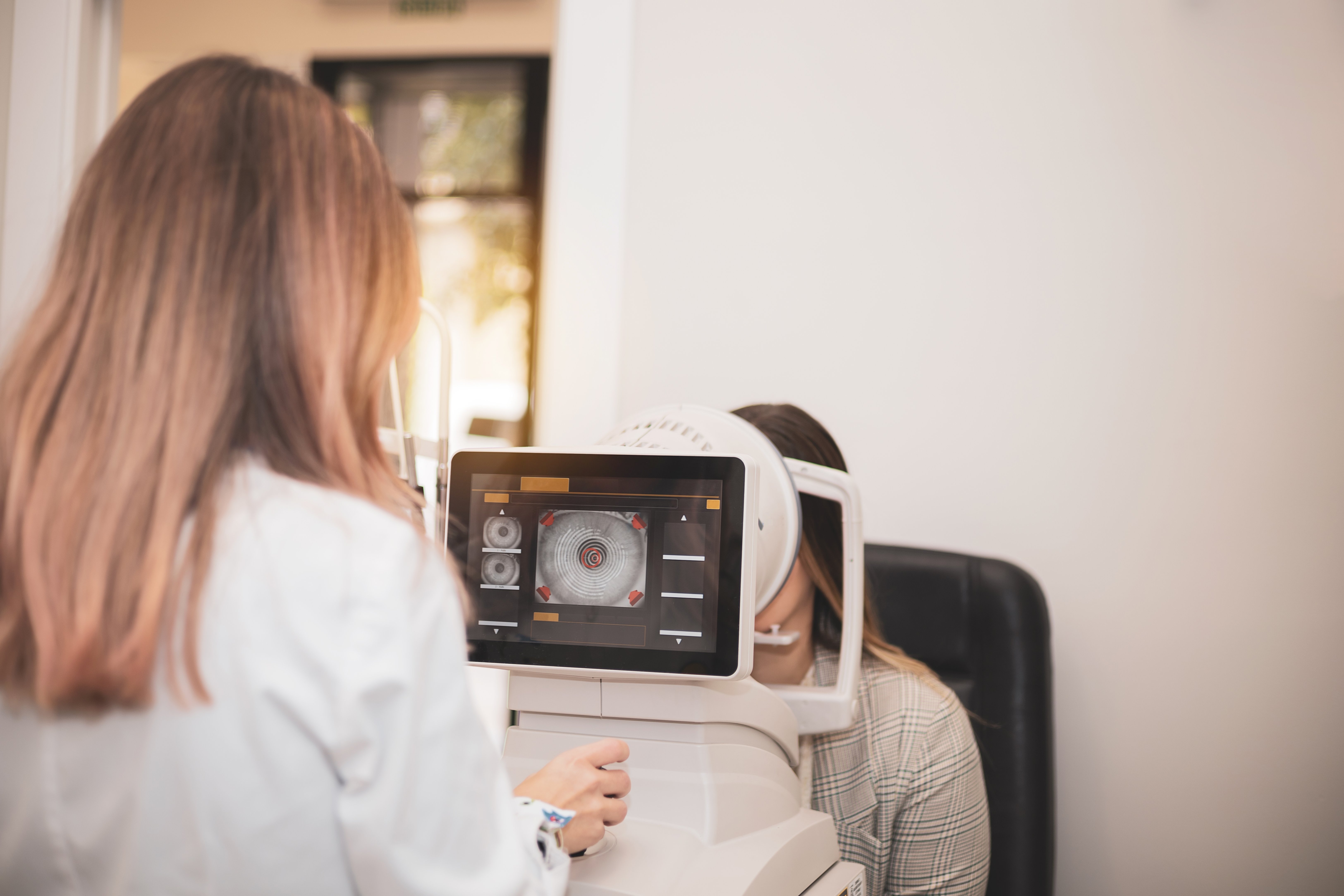
A corneal topographer is essential for determining how well your eyes are doing. Eye doctors use this cutting-edge technology to map the cornea's surface. It provides detailed information about the cornea’s shape, curvature, and abnormalities. It is essential to ensure you get the proper diagnosis and care. It is a crucial step toward a better vision.
What Is Corneal Topography?
A sophisticated diagnostic method called corneal topography uses cutting-edge technology to produce a detailed map of the cornea's surface curvature. The cornea, which serves as the eye's front window, is a crucial factor in determining the overall focusing power of the eye.
The cornea can impair vision when it is too flat, too steep, or unevenly curved. Corneal topography's distinct benefit is its ability to identify even the subtlest irregularities. Such issues might not be visible using conventional testing techniques.
Uses
Thanks to this technology, your eye doctor will thoroughly understand your cornea's shape and power. The topographer takes a precise and accurate image of the cornea. The subsequent use of this data includes the following:
Contact lens fitting
Diagnosis
Monitoring
Treatment of various eye conditions
Planning of surgical procedures like laser vision correction
The Cornea and Corneal Conditions
The cornea serves as the window that covers the front of your eye, including the pupil, iris, and anterior chamber. It is essential for focusing light in the eye and enabling sharp vision. The cornea is a complex structure with the following layers:
Epithelium
Bowman's layer
Stroma
Dua's layer
Descemet's membrane
Endothelium
The most frequent problems that affect the cornea include refractive errors like nearsightedness, farsightedness, and astigmatism. Other problems with the cornea include corneal dystrophy, keratoconus, corneal ulcers, Acanthamoeba keratitis, dry eyes, and corneal abrasions.
Corneal topography can recognize these conditions and many others. However, not all corneal topographers are created equal. Depending on the specific problem you are experiencing or the objectives you have for your vision, your optometrist may employ a different type of corneal topography technology. For accurate results, it is critical to select the appropriate technology.
When Is a Corneal Topography Necessary?
Are you exhibiting cornea-related symptoms, such as blurred vision, glare, halos, or sensitivity to light? If so, corneal topography may be necessary. Eye doctors can use it to identify potential corneal issues before symptoms appear as part of a routine eye exam.
It is a useful diagnostic tool for several conditions involving the cornea's health. It offers comprehensive details about the shape and curvature of the cornea, allowing for a more precise surgical plan.
Eye doctors frequently use it to evaluate and plan laser refractive surgery, such as LASIK or PRK. It is also helpful during a contact lens fitting to ensure that the lens matches the patient's unique corneal shape. It can also help track the development of corneal diseases or the success of treatment.
Bottom Line
An eye care professional decides whether to perform a corneal topography. The decision to do so depends on the patient's symptoms and medical history. That makes it possible to diagnose and treat patients using a personalized approach.
For more on corneal topography, visit Sacramento Eye Consultants at our Sacramento or Lincoln, California office. Call (916) 915-0300 to schedule an appointment today.











